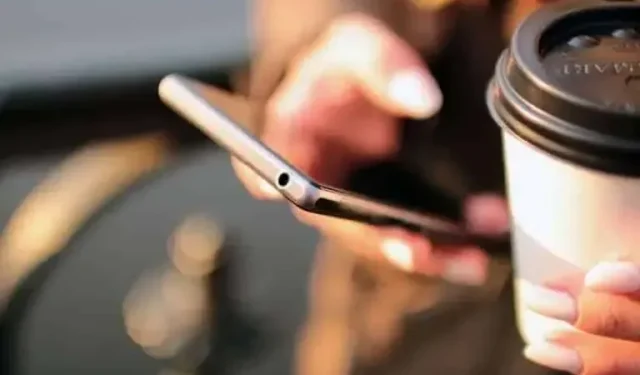Having data abroad is almost essential now. And it’s not very expensive anymore. Here are your various options.
Smartphones are now essential to many of us on a daily basis, as is Internet access. Interest in applications for ordering a taxi, ordering food, translating text, getting around the city or posting on social networks, if you do not have a connection, becomes very limited. Therefore, the data is very important, especially if you are abroad. Here are your options!
Stay on your carrier
First, check how much your carrier may charge you for data usage in the country you are visiting. You will need to check the envelope allocated to you, how much the extra GB will cost you, as well as the bandwidth. All this has changed a lot in recent years, usually in the right direction for clients, but it needs to be checked.
To have data away from home, you must activate roaming. The option is activated from the settings, most often in the SIM card settings.
Get a new SIM card
It may be cheaper to buy another SIM or eSIM from a carrier in the country you are visiting. After that, you will have more options, but you will need an unlocked smartphone to work with all carriers and a device that is compatible with various 4G and 5G standards.
Today, websites and other travel blogs are full of information on this topic. Rates vary greatly depending on the envelopes, as does the way in which said SIM is obtained. To figure out.
If your phone is eSIM compatible, it’s even easier. A site like Airalo can manage everything through an Android or iOS app. Just enter your destination, choose an offer, and the app does the rest, even the payment.
The downside here is that if you don’t have a dual-SIM smartphone, you’ll have to constantly switch between SIMs, which can be frustrating.
Use a wireless hotspot
The last option is to buy or rent a wireless hotspot device that connects to the country’s cellular network and creates a small Wi-Fi network that you connect your devices to. The hotspot follows you, your smartphone remains constantly connected to Wi-Fi.
While this may seem like a complex and expensive solution at first glance, it has the advantage of allowing multiple devices to be connected at the same time. If you have multiple electronic gadgets with you or are traveling with multiple people, this may be the most practical option.
The Netgear Nighthawk M1, for example, is a good example. Expensive, yes, but you have 4G for up to 20 devices. It charges via USB and you can view the consumed data on its screen. Urozetta Cloud Pro also uses the app and eSIM. Quite pricey, but which can very quickly become an absolute must.


